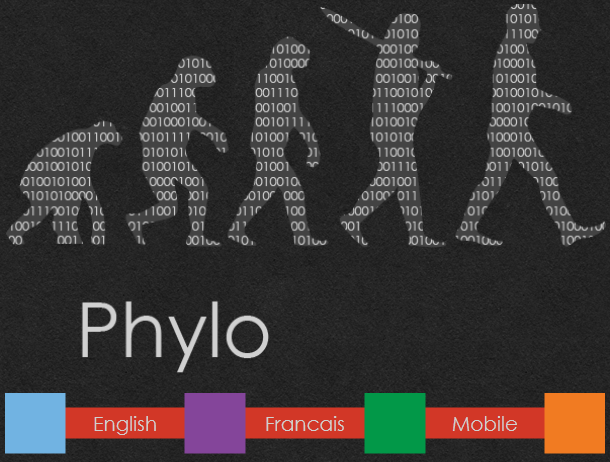Привіт Гість ( Вхід | Реєстрація )
  |
| nikelong |
 Oct 16 2010, 12:47 Oct 16 2010, 12:47
Пост
#1
|
|
Тера ранчер           Група: Trusted Members Повідомлень: 11 909 З нами з: 19-March 05 Користувач №: 92 Стать: Чол |
 Phylo Оффсайт: http://phylo.cs.mcgill.ca/ Играть: http://phylo.cs.mcgill.ca/play.html Play a game to help Phylo, "A Human Computing Framework for Comparative Genomics," identify Multiple Sequence Alignments, sequences of proteins, DNA or RNA which are similar among various species. Understanding these alignments can help biologists trace the source of certain genetic diseases. The project is testing alignments from UCSC Genome Browser, which were created by computers using heuristic algorithms, and is applying human matching techniques through an online game to find more optimized alignments. The project is testing alignments related to human DNA, specifically to sequences suspected to be linked genetic disorders such as breast cancer and epilepsy. See more information about the project/game. To participate in the project, follow the links on the Play page to play a game. You may play anonymously or you may register for an account so you can track your scores. In a series of timed puzzles, rearrange sequences of colored blocks to find the best match between the sequences. The project's Tutorial explains the game very simply and quickly and allows you to practice before playing the actual game. What's Phylo all about? Though it may appear to be just a game, Phylo is actually a framework for harnessing the computing power of mankind to solve a common problem; Multiple Sequence Alignments. What is a Multiple Sequence Alignment? A sequence alignment is a way of arranging the sequences of D.N.A, R.N.A or protein to identify regions of similarity. These similarities may be consequences of functional, structural, or evolutionary relationships between the sequences. From such an alignment, biologists may infer shared evolutionary origins, identify functionally important sites, and illustrate mutation events. More importantly, biologists can trace the source of certain genetic diseases. The Problem Traditionally, multiple sequence alignment algorithms use computationally complex heuristics to align the sequences. Unfortunately, the use of heuristics do not guarantee global optimization as it would be prohibitively computationally expensive to achieve an optimal alignment. This is due in part to the sheer size of the genome, which consists of roughly three billion base pairs, and the increasing computational complexity resulting from each additional sequence in an alignment. Our Approach Humans have evolved to recognize patterns and solve visual problems efficiently. By abstracting multiple sequence alignment to manipulating patterns consisting of coloured shapes, we have adapted the problem to benefit from human capabilities. By taking data which has already been aligned by a heuristic algorithm, we allow the user to optimize where the algorithm may have failed. The Data All alignments were generously made available through UCSC Genome Browser. Infact, all alignments contain sections of human DNA which have been speculated to be linked to various genetic disorders, such as breast cancer. Every alignment is received, analyzed, and stored in a database, where it will eventually be re-introduced back into the global alignment as an optimization. Це повідомлення відредагував nikelong: Mar 17 2012, 18:15 |
  |
1 Користувачів переглядають дану тему (1 Гостей і 0 Прихованих Користувачів)
0 Користувачів:

|
Lo-Fi Версія | Поточний час: 1st November 2024 - 01:34 |











